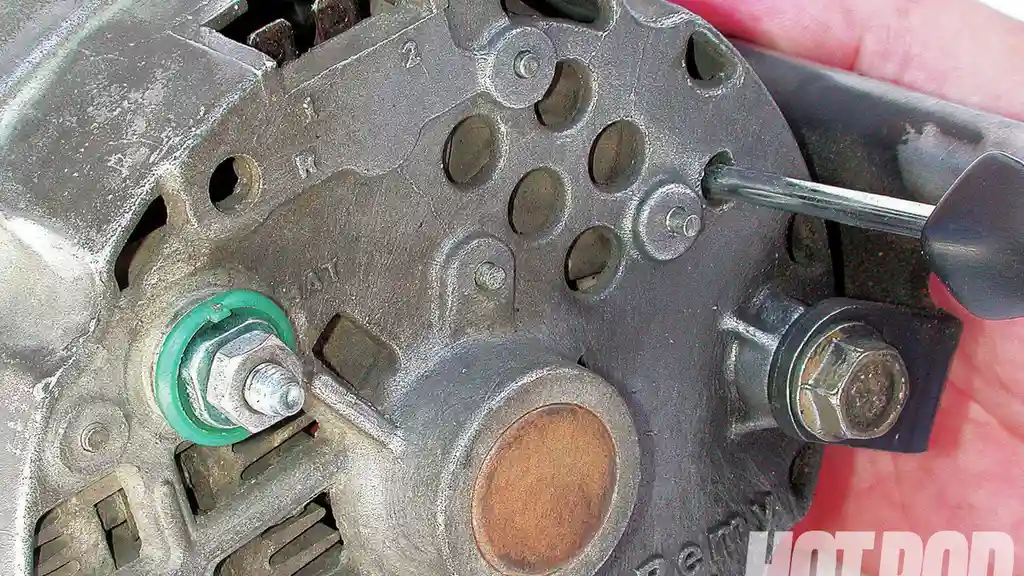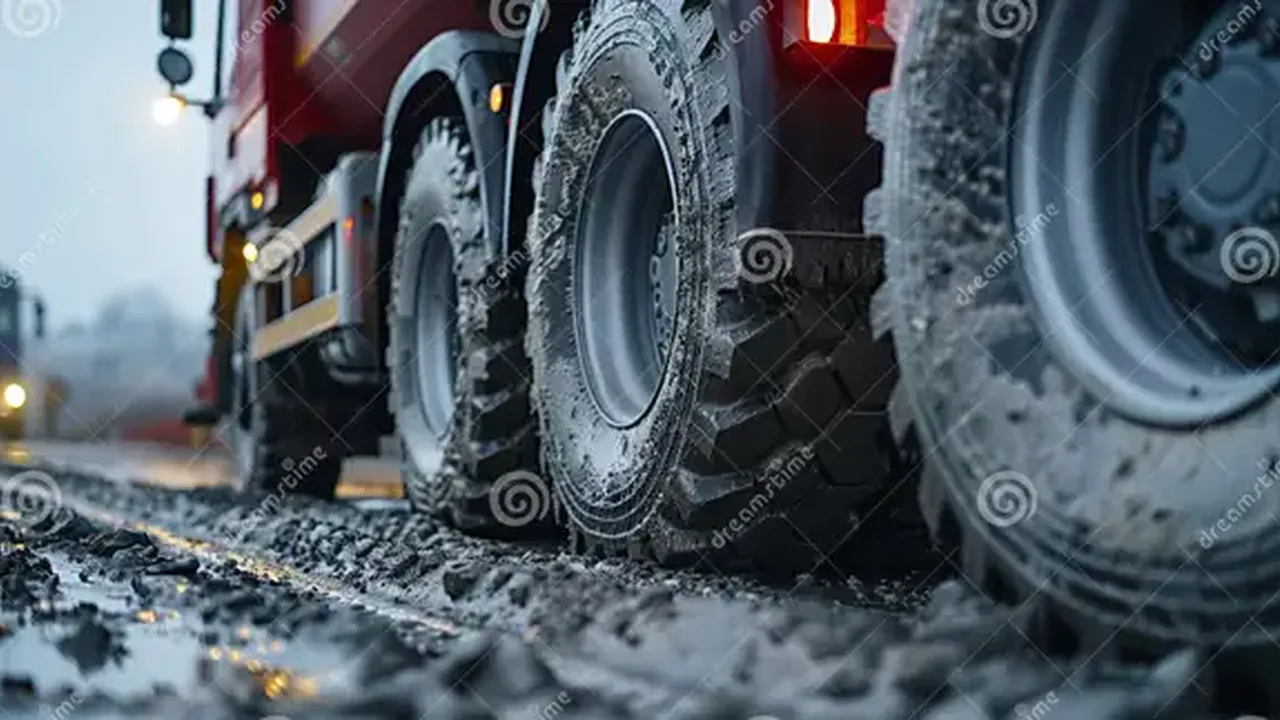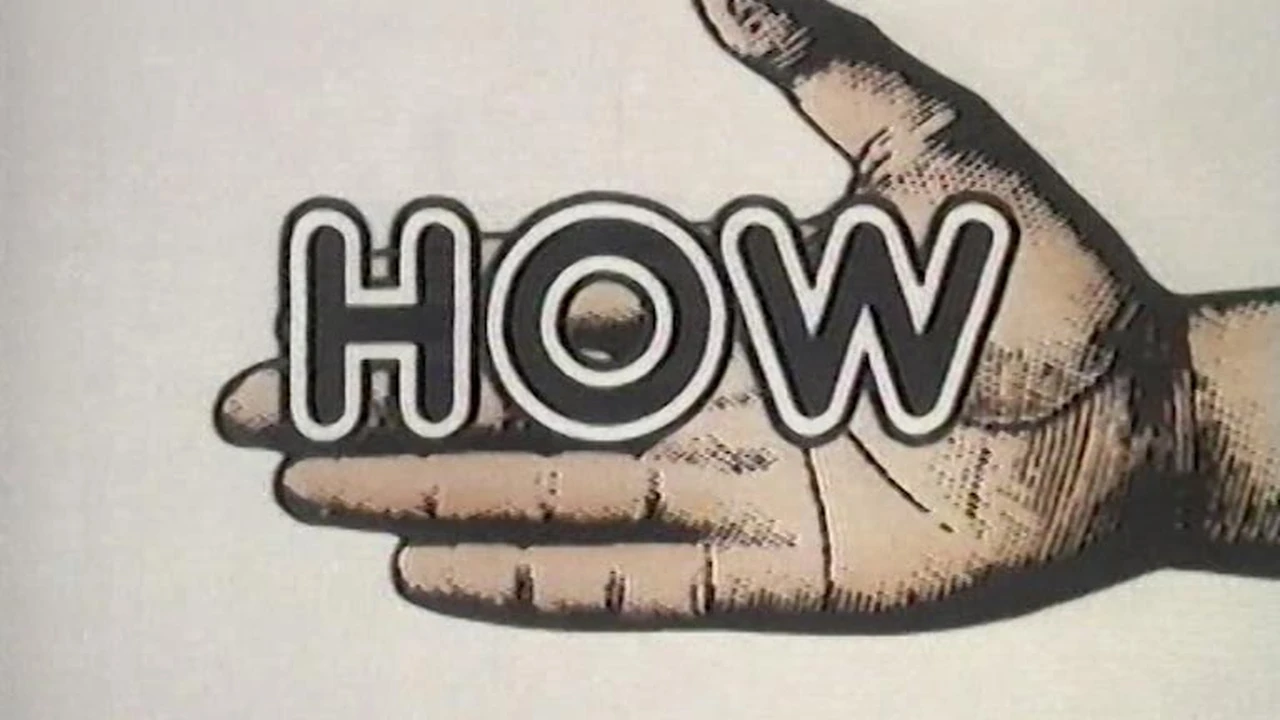Checking Your Car's Suspension: Ensuring a Smooth Ride

Why Your Car's Suspension Matters Understanding the Basics
Alright, let's talk about your car's suspension. It's not just some fancy system to make your ride comfy; it's crucial for safety and handling. Think of it as the unsung hero that keeps your tires planted on the road, especially when you're hitting bumps, potholes, or taking corners. A healthy suspension means better control, shorter stopping distances, and a more enjoyable driving experience overall. Ignoring it can lead to a bumpy ride, poor handling, and even put you at risk. So, let’s dive in!
Recognizing the Signs of Suspension Problems Suspension Troubleshooting
How do you know if your suspension is on its way out? Here are a few telltale signs:
- Bouncy Ride: This is the most obvious one. If your car feels like it's bouncing excessively after hitting a bump, your shocks or struts might be worn.
- Nose Diving or Squatting: When you brake hard, does the front of your car dip dramatically? Or when you accelerate, does the rear end sag? These are signs of weak suspension components.
- Uneven Tire Wear: If your tires are wearing unevenly – say, the edges are more worn than the center – it could be a suspension issue causing misalignment.
- Wandering Steering: Does your car drift or wander, requiring constant correction to stay in a straight line? That could be a sign of worn suspension parts affecting your alignment and handling.
- Strange Noises: Clunking, squeaking, or rattling sounds coming from your wheels, especially when going over bumps, are never a good sign.
The DIY Inspection Checking Your Suspension at Home
Before heading to a mechanic, you can do a simple visual inspection yourself. It's not a substitute for a professional check, but it can give you a heads-up.
- The Bounce Test: Push down firmly on each corner of your car (over the wheel) and release. The car should bounce up and settle quickly. If it continues to bounce several times, your shocks or struts are likely worn.
- Visual Inspection: Look closely at your shocks and struts. Are they leaking fluid? Is there any visible damage, like dents or rust? Check the bushings (the rubber parts that connect the suspension components) for cracks or wear.
- Tire Check: Examine your tires for any signs of uneven wear.
Essential Tools for Suspension Work DIY Suspension Repair
If you're feeling ambitious and want to tackle some suspension work yourself, you'll need a few key tools:
- Jack and Jack Stands: Absolutely essential for safely lifting and supporting your car.
- Wheel Chocks: To prevent the car from rolling while you're working on it.
- Socket Set and Wrenches: In various sizes to remove and tighten bolts and nuts.
- Torque Wrench: To ensure you tighten bolts to the correct specifications.
- Spring Compressor: If you're replacing struts, you'll need a spring compressor to safely remove and install the coil springs. (This is probably the most dangerous part of suspension work, so be extremely careful!)
- Penetrating Oil: To loosen stubborn or rusted bolts.
- Ball Joint Separator (Pickle Fork): To separate ball joints from control arms.
Step-by-Step Guide to Checking Your Shocks and Struts Suspension Components
Here's a more detailed look at checking your shocks and struts:
- Raise the Vehicle: Using your jack and jack stands, safely lift the corner of the car you're inspecting. Make sure the car is securely supported.
- Remove the Wheel: Use your lug wrench to remove the wheel.
- Inspect the Shock or Strut: Look for any signs of leaks, damage, or wear. Pay close attention to the shock body, the piston rod, and the bushings.
- Check for Play: Try to move the shock or strut by hand. There should be minimal play. Excessive play indicates worn components.
- Reinstall the Wheel: After the inspection, reinstall the wheel and lower the vehicle.
- Repeat: Repeat the process for each wheel.
Product Recommendations for Suspension Maintenance Best Suspension Brands
Okay, let's talk about some specific products. When it comes to suspension components, you generally get what you pay for. Here are a few reputable brands and some recommendations:
- Bilstein: Known for their high-performance shocks and struts, Bilstein offers excellent handling and durability. The Bilstein B6 Performance is a great upgrade for everyday driving. Expect to pay around $150-$300 per shock/strut.
- KYB: KYB is a popular choice for OEM replacement parts. Their Excel-G line offers a good balance of performance and affordability. Prices range from $50-$150 per shock/strut.
- Monroe: Monroe is another well-known brand offering a wide range of suspension components. Their OESpectrum line is designed to provide a smooth and comfortable ride. Prices are similar to KYB.
Comparing Suspension Products Choosing the Right Option
Choosing the right suspension components depends on your driving style and budget. Here's a quick comparison:
- For Performance Enthusiasts: Bilstein B6 or B8 are excellent choices for improved handling and control.
- For Daily Drivers: KYB Excel-G or Monroe OESpectrum offer a comfortable and reliable ride at a reasonable price.
- For Budget-Conscious Buyers: Consider Monroe or KYB, but be aware that the performance and durability may not be as high as premium brands.
The Importance of Wheel Alignment After Suspension Work Wheel Alignment Explained
Any time you replace suspension components, it's crucial to get a wheel alignment. Replacing parts can alter the geometry of your suspension, leading to uneven tire wear and poor handling. A wheel alignment ensures that your wheels are properly aligned, maximizing tire life and improving driving performance. Expect to pay around $75-$150 for a wheel alignment.
Extending the Life of Your Suspension Preventative Maintenance Tips
Here are a few tips to keep your suspension in good shape:
- Avoid Potholes: As much as possible, try to avoid hitting potholes and other road hazards.
- Regular Inspections: Periodically inspect your suspension components for any signs of wear or damage.
- Proper Tire Inflation: Maintaining proper tire inflation helps to reduce stress on your suspension.
- Don't Overload Your Vehicle: Overloading your vehicle can put excessive strain on your suspension.
When to Call a Professional Suspension Repair vs DIY
While some suspension work can be done DIY, there are times when it's best to call a professional:
- If you're not comfortable working on your car.
- If you don't have the necessary tools.
- If you're dealing with complex suspension issues.
- If you're unsure about any part of the repair process.
A qualified mechanic can diagnose suspension problems accurately and perform repairs safely and effectively. They also have access to specialized tools and equipment.
Specific Product Recommendations with Pricing and Usage Scenarios
Let's dive into more specific product recommendations with estimated pricing and usage scenarios:
* **Bilstein 5100 Series Shock Absorbers:** * **Price:** \$100 - \$200 per shock * **Usage Scenario:** Ideal for trucks and SUVs that see a mix of on-road and off-road driving. Provides improved handling and stability while towing or carrying heavy loads. Great for light off-roading. * **Eibach Pro-Kit Lowering Springs:** * **Price:** \$250 - \$400 per set * **Usage Scenario:** Designed for lowering your vehicle's ride height for a sportier look and improved handling. Reduces body roll and enhances cornering performance. Best for street use. * **Air Lift Performance Air Suspension Kits:** * **Price:** \$2,000 - \$5,000+ per kit * **Usage Scenario:** Allows you to adjust your vehicle's ride height on the fly. Perfect for show cars, vehicles with clearance issues, or those who want a customizable ride. Can be used for both street and track applications. * **Moog Ball Joints:** * **Price:** \$30 - \$80 per ball joint * **Usage Scenario:** A reliable and durable replacement for worn ball joints. Improves steering response and handling. Essential for maintaining proper suspension geometry. * **Energy Suspension Polyurethane Bushings:** * **Price:** \$5 - \$30 per bushing * **Usage Scenario:** A longer-lasting and higher-performance alternative to rubber bushings. Improves handling and reduces suspension flex. Best for performance-oriented vehicles.:max_bytes(150000):strip_icc()/277019-baked-pork-chops-with-cream-of-mushroom-soup-DDMFS-beauty-4x3-BG-7505-5762b731cf30447d9cbbbbbf387beafa.jpg)






